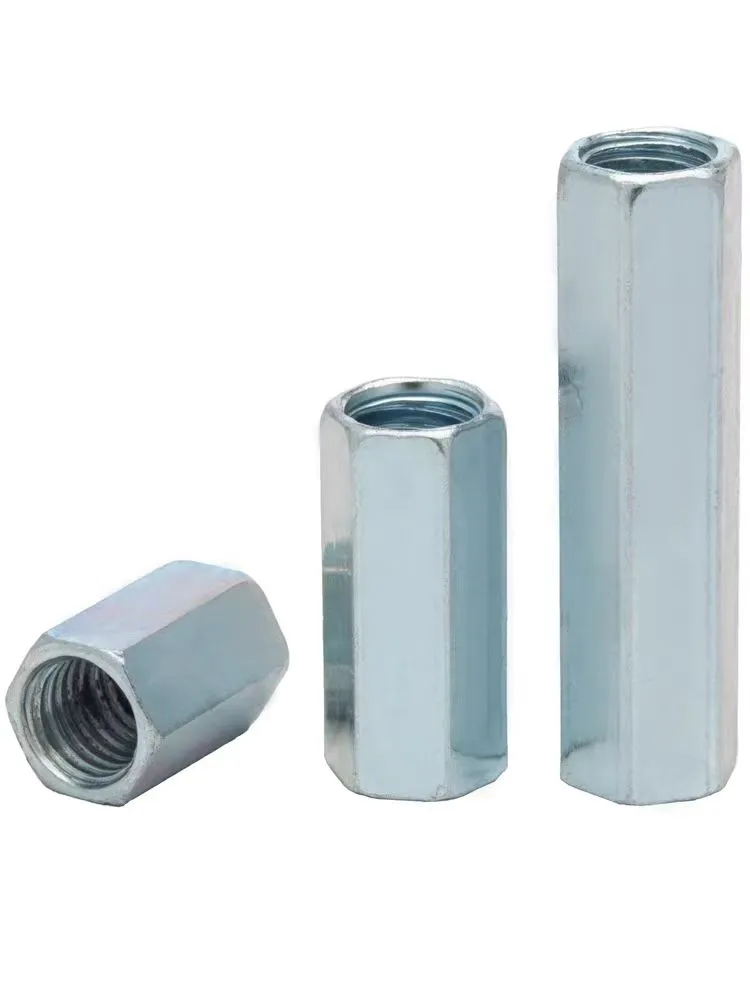

self tapping screws for mdf
ต.ค. . 12, 2024 22:08 Back to list
self tapping screws for mdf
Self-Tapping Screws for MDF A Comprehensive Guide
Self-tapping screws are a versatile fastening solution widely used in a variety of applications, including woodworking and construction. Specifically designed for materials like Medium Density Fiberboard (MDF), these screws provide a reliable option for joining components without the need for pre-drilling or additional nuts and bolts. This article delves into the characteristics, benefits, and application techniques of self-tapping screws in MDF projects.
Understanding Self-Tapping Screws
Self-tapping screws feature a sharp point and threads designed to cut into the material as they are driven in. This characteristic allows them to create their own hole, making installation quicker and often more efficient than traditional screws. Self-tapping screws are commonly made from steel, stainless steel, or coated materials, providing a range of options depending on the specific requirements of the project, such as corrosion resistance or strength.
Why Choose Self-Tapping Screws for MDF?
MDF is a composite wood product made from wood fibers, wax, and resin, appealing for its smooth surface and ease of machining. However, its density and composition require careful consideration during fastening. Here are a few reasons why self-tapping screws are ideal for MDF
1. Ease of Use The ability to tap their own threads simplifies installation. Users can save time and effort, particularly in larger projects where many screws are required.
2. Reduced Risk of Damage Pre-drilling pilot holes can sometimes lead to fractures or splitting in MDF. Self-tapping screws alleviate this risk, ensuring a cleaner and more secure hold.
self tapping screws for mdf

4. Versatile Options Self-tapping screws come in various sizes, lengths, and head types, accommodating different projects and preferences. Whether flat-head screws for flush surfaces or pan-head screws for added grip, there is a suitable option for every need.
Best Practices for Using Self-Tapping Screws with MDF
1. Choose the Right Size Selecting an appropriate screw length is crucial. The screw should penetrate the MDF sufficiently without coming out the other side, which can lead to structural weakness.
2. Use a Power Tool For efficiency and ease, use a power drill or screwdriver. Set the drill to a lower torque setting to prevent the possibility of overdriving the screws and damaging the MDF.
3. Avoid Over-Tightening Tightening screws too much can lead to splitting or crushing the MDF fibers. It’s best to tighten until snug, ensuring a secure fit without harming the material.
4. Pre-Drilling for Large Projects While self-tapping screws do not typically require pilot holes, for larger screws or thicker MDF, a small pilot hole can help guide the screw and enhance its hold.
Conclusion
Self-tapping screws have become an essential component of MDF assembly, offering a host of benefits that simplify the fastening process. Their ease of use, reduced risk of material damage, and strong hold make them perfect for various applications, from simple DIY projects to professional furniture making. By following best practices, users can maximize the efficiency and strength of their MDF constructions, ensuring durable and aesthetically pleasing results. Whether you’re a hobbyist or a seasoned carpenter, self-tapping screws stand out as a smart choice for your MDF projects.
Latest news
-
Hot Dip Galvanized Bolts-About LongZe|High Strength, Corrosion Resistance
NewsJul.30,2025
-
High-Strength Hot Dip Galvanized Bolts - Hebei Longze | Corrosion Resistance, Customization
NewsJul.30,2025
-
Hot Dip Galvanized Bolts-Hebei Longze|Corrosion Resistance&High Strength
NewsJul.30,2025
-
High-Strength Hot-Dip Galvanized Bolts-Hebei Longze|Corrosion Resistance&High Strength
NewsJul.30,2025
-
Hot Dip Galvanized Bolts-Hebei Longze|Corrosion Resistance&High Strength
NewsJul.30,2025
-
Hot Dip Galvanized Bolts - Hebei Longze | Corrosion Resistance, High Strength
NewsJul.30,2025

